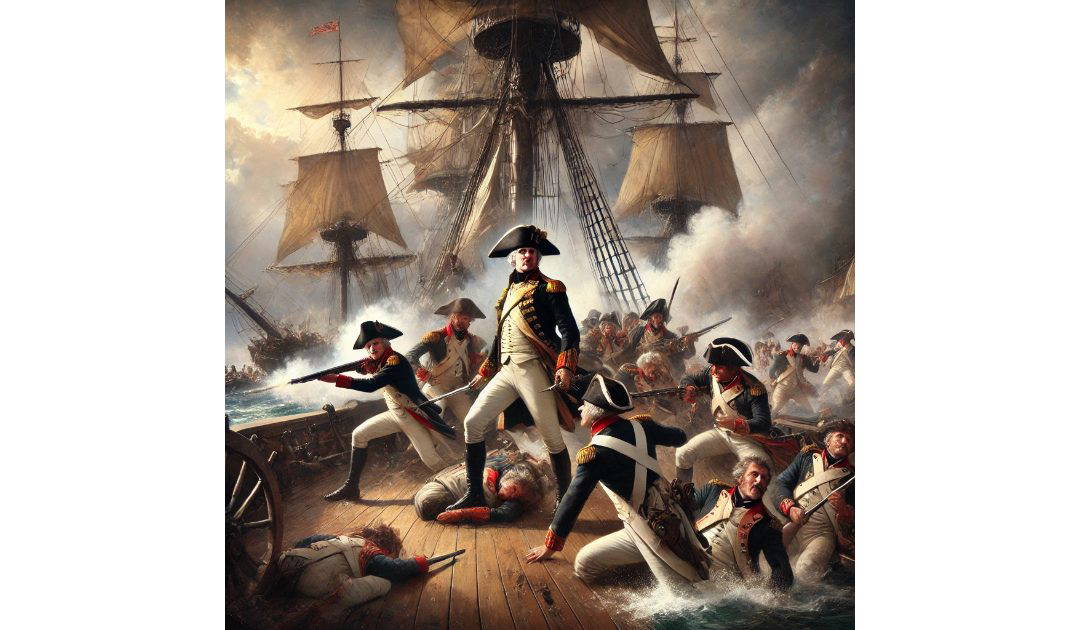The Battle of Cape St. Vincent was fought on 14th February 1797. By the late 18th century, Europe was engulfed in war following the French Revolution. Britain and Spain had been allies in earlier conflicts, but in 1796, Spain allied with France against Britain as part of the Second Treaty of San Ildefonso. This alliance significantly strengthened the French Revolutionary government, as Spain possessed a large and powerful navy. However, the Spanish fleet was not as well-trained or disciplined as the British Royal Navy.
The British had intelligence that a large Spanish fleet had left Cartagena and was heading to Cádiz to join French naval forces. This fleet, commanded by Admiral Jóse de Córdoba, consisted of 27 ships of the line, supported by smaller vessels. In response, Admiral Sir John Jervis, commanding a much smaller force of 15 ships of the line, sought to intercept and prevent the Spanish from reaching their destination.
On Tuesday 14th February, the British fleet sighted the Spanish fleet near Cape St. Vincent. The Spanish fleet, though numerically superior, was disorganized and unaware of the exact position of the British. Jervis seized the opportunity to cut through the Spanish formation, isolating a portion of their fleet.
Despite being outnumbered, Jervis’s forces had the advantage of superior discipline, training, and seamanship. He ordered his fleet to sail in a single line and divide the Spanish ships, preventing them from forming a unified front.
A key moment in the battle came when Horatio Nelson, commanding HMS Captain, boldly disobeyed direct orders in an audacious manoeuvre. Seeing that several Spanish ships were escaping, Nelson took initiative by breaking from the British line and attacking directly. He led a daring boarding action on the San Nicolás and then onto the San José, capturing both in what became known as “Nelson’s Patent Bridge for Boarding First Rates.” This act of bravery and initiative made Nelson a national hero in Britain.
Despite fierce resistance, the British won a clear and decisive victory, capturing four Spanish ships of the line while suffering minimal casualties. The Spanish fleet, though still numerically superior, retreated in disorder to Cádiz.
The Battle of Cape St. Vincent was a major strategic victory for Britain. It prevented the Spanish fleet from joining forces with the French, maintaining British naval dominance in the Atlantic. The victory also reinforced Britain’s control over Mediterranean trade routes and secured its ability to blockade enemy ports.
For Admiral Jervis, the victory earned him a promotion to Earl of St. Vincent. For Horatio Nelson, the battle marked a turning point in his career, showcasing his tactical brilliance and courage. His reputation as one of Britain’s greatest naval commanders began to take shape, leading to his later triumphs at the Nile (1798) and Trafalgar (1805).
In contrast, Spain’s defeat weakened its naval power and diminished its influence in European affairs. The Spanish fleet never fully recovered, and the loss contributed to Spain’s decline as a dominant maritime power.

